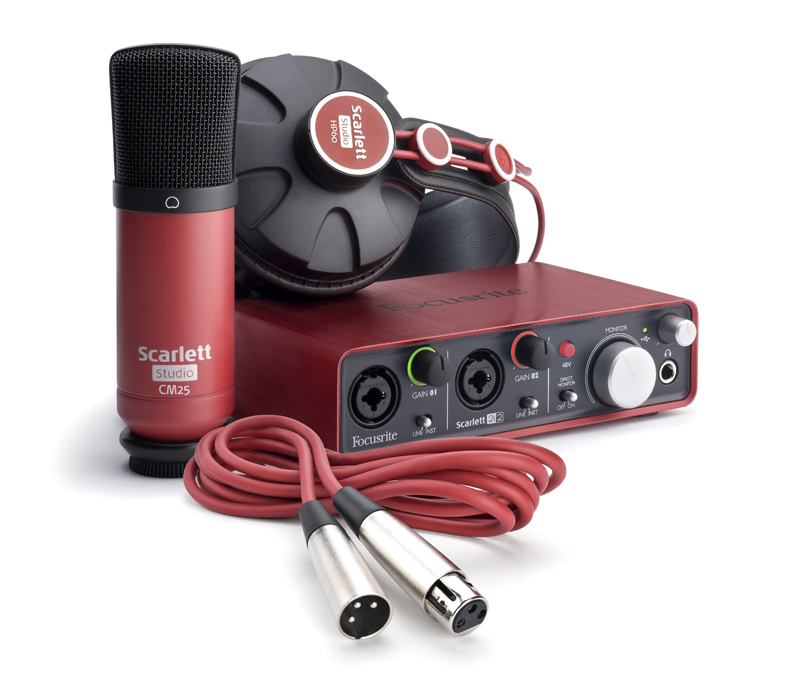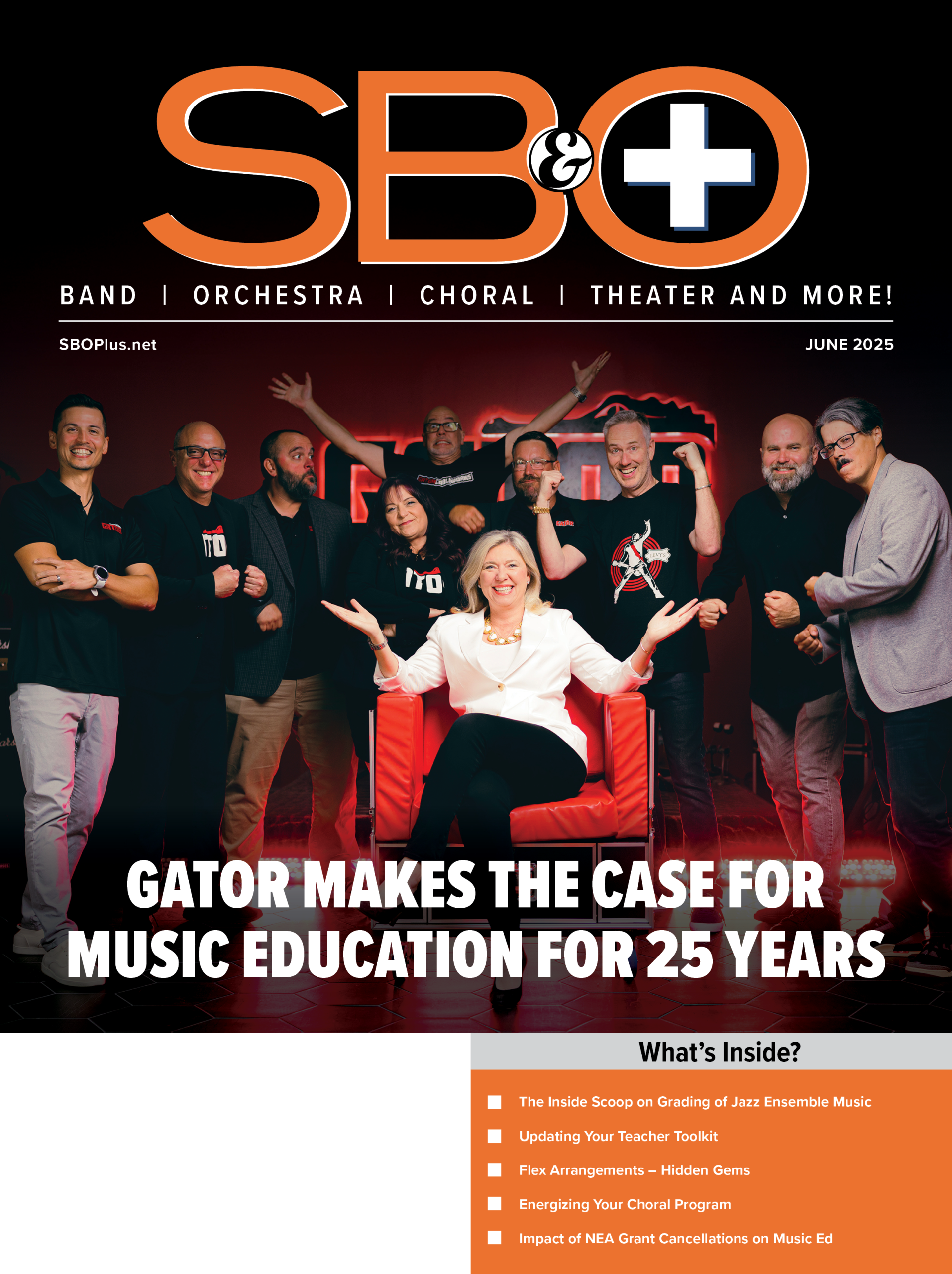In March, ASTA hosted a webinar featuring school board members from across the country. As you prepare for the start of school this fall, here are some tips and techniques from those amazing leaders to consider for your work in building ongoing, sustained support for a high-quality orchestra and overall music program in your school district.
1. Build a coalition. As John Benham, long-time music education advocate, shared in the webinar, building a coalition of parents and community members who support your program is vital to its long-term success. Coalition members can represent the needs of the music program to the school board and can help report on the accomplishments of the program over time. John emphasized the need that the coalition of support should be for the entire music program – everything offered – so that there is coordination between the various music programs across K-12.
2. Be an active listener. Have a member of your music education support coalition at every school board meeting, even if the arts and music aren’t on the agenda. Learn what issues are facing the school district and are on the minds of your school board members. Understanding these issues can help you frame how music is part of the solution – not an add-on or extra.
3. Know your district’s (and school’s) strategic plan and mission statements. Better yet, as Tee Lambert, retired board member from Washington Elementary School District in Arizona shared, work with your coalition supporters to have music be included in those strategic and school level plans. Rachna Sizemore Heizer, from the Fairfax County Public Schools in Virginia, shared their school board has written performing arts into the instructional learning section of the district’s strategic governance plans. The Superintendent must then report on how the performing arts are faring annually to the school board.
4. Create rapport and relationships before you need them. Bob Morrison, school board member for Watchung Hills Regional School District, suggested you engage with your school board members when you don’t need their help with an issue. By having a presence at every school board meeting, music coalition and community supporters can build rapport with school board members over time.
5. Have students perform at every school board meeting. School board members love to see and hear the children they serve. Have students perform or speak about the power of the arts at every school board meeting. Coordinate this with your colleagues across the school district and in partnership with your administration.
6. Invite school board members to attend and participate in your performances. Give them an opportunity to introduce themselves and the ensemble or a particular piece that’s meaningful to them. Find out if they themselves were music students and invite them to play along on a piece.
7. Report on the state of music education in your school district. Share what’s going well, what the vision is for the future, and how music and the arts are supporting the larger goals of the school district each year. For example, a study for the Commonwealth of Virginia showed that career arts students – those who study music or arts for all four years of high school – have a statistically significant lower rate of chronic absenteeism than non-career arts students. How is your music program supporting the larger goals of your school district?
8. Say thank you. School board members are often volunteers who choose to run for office to serve their community and its children. They rarely hear thank you. Share your thanks for their support of music in your school district – and involve your music coalition parents and students, too.
ASTAstrings.org




















